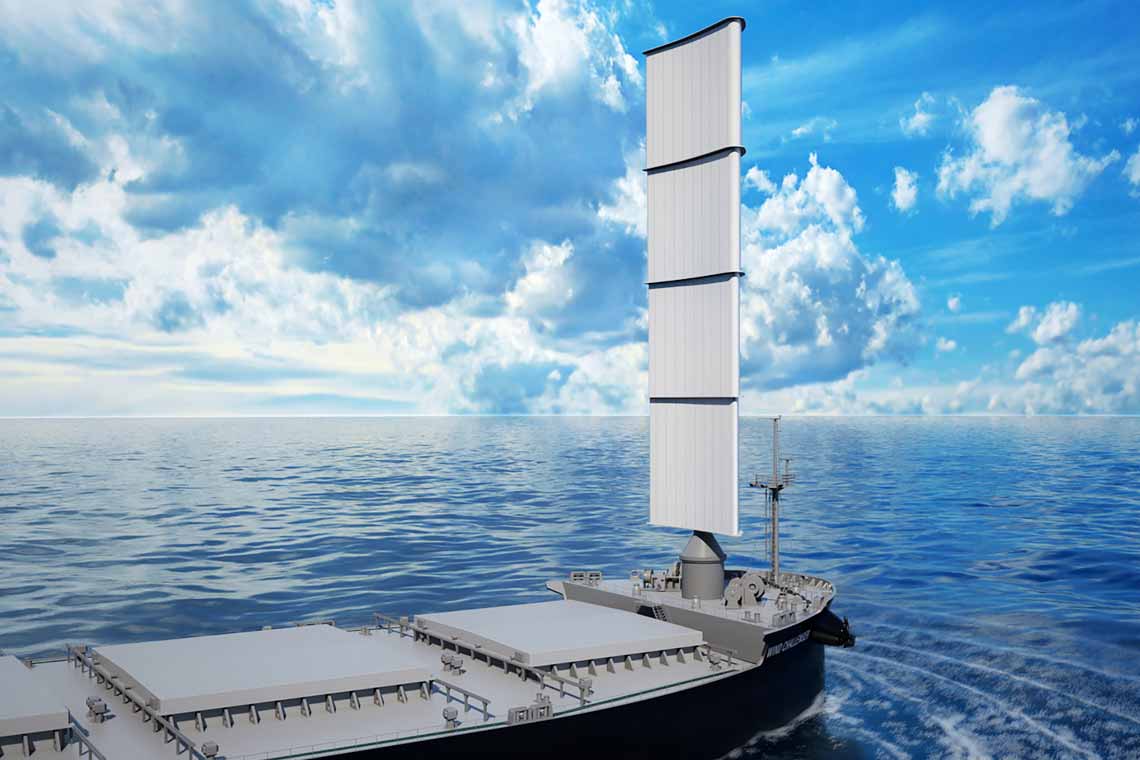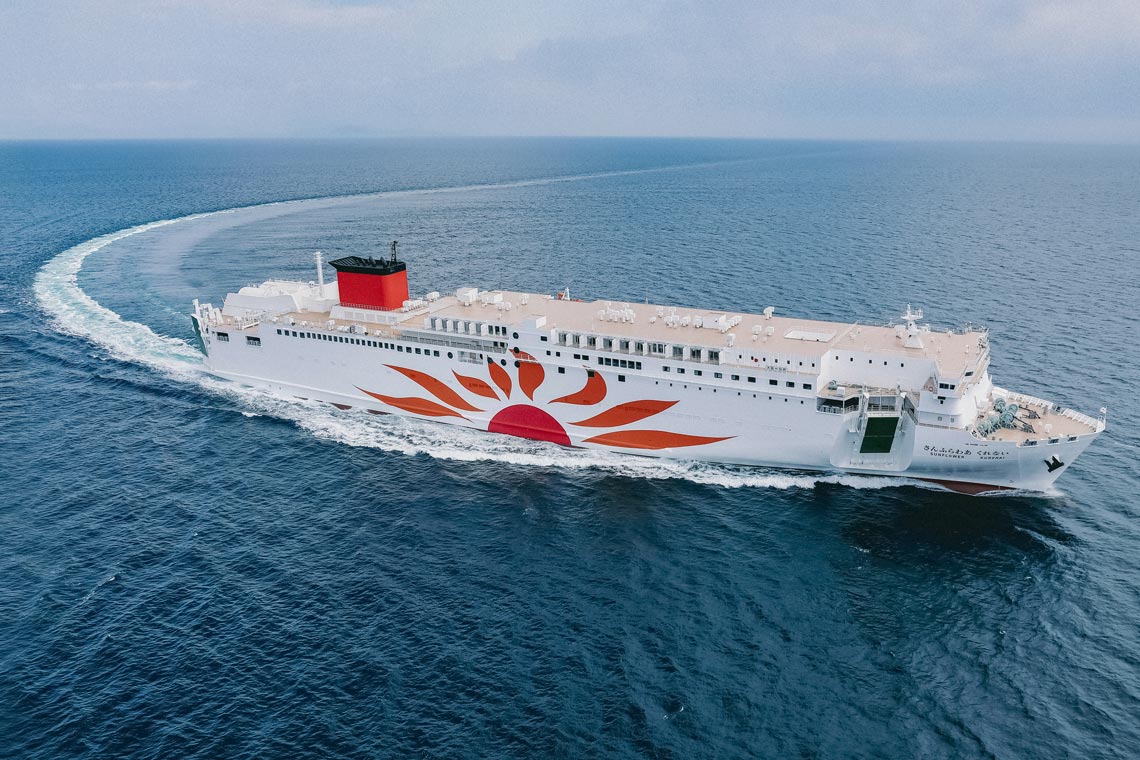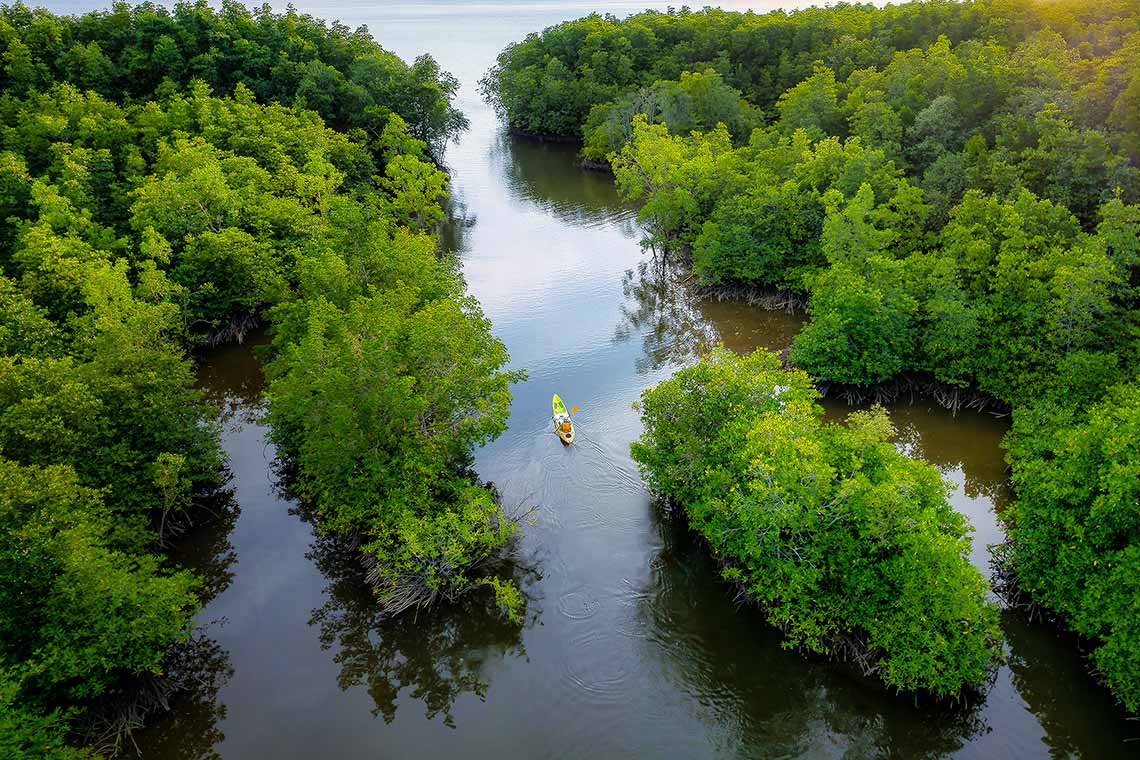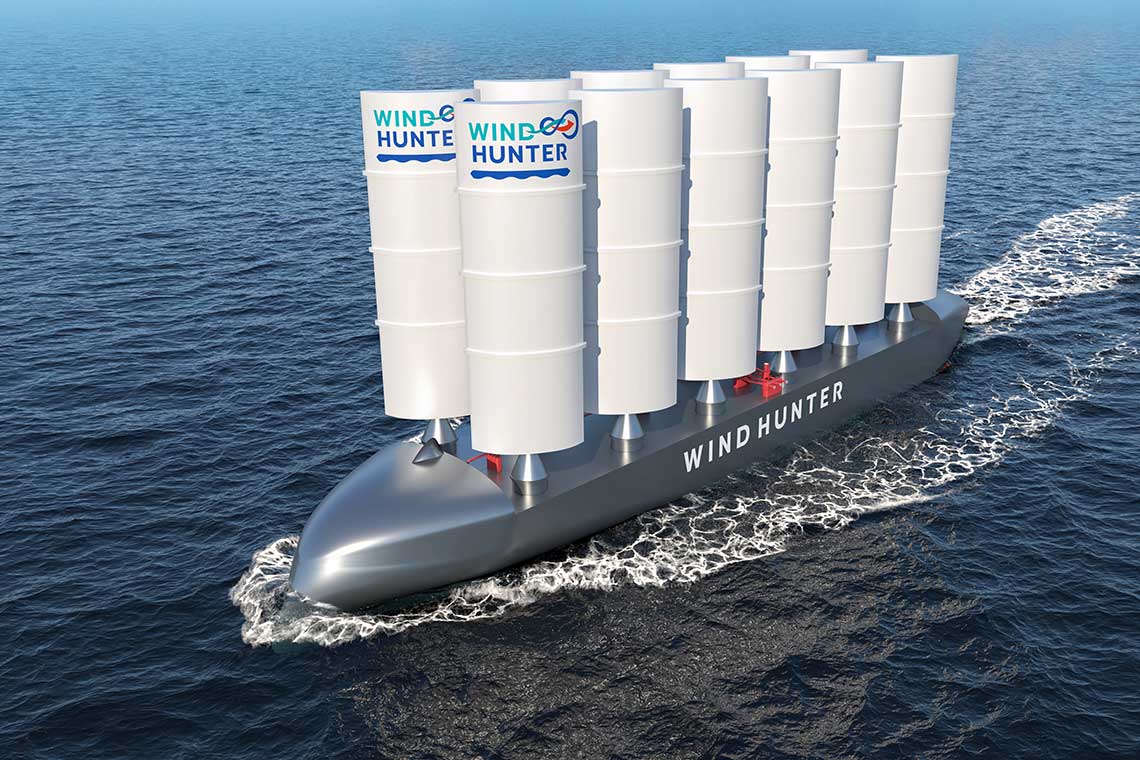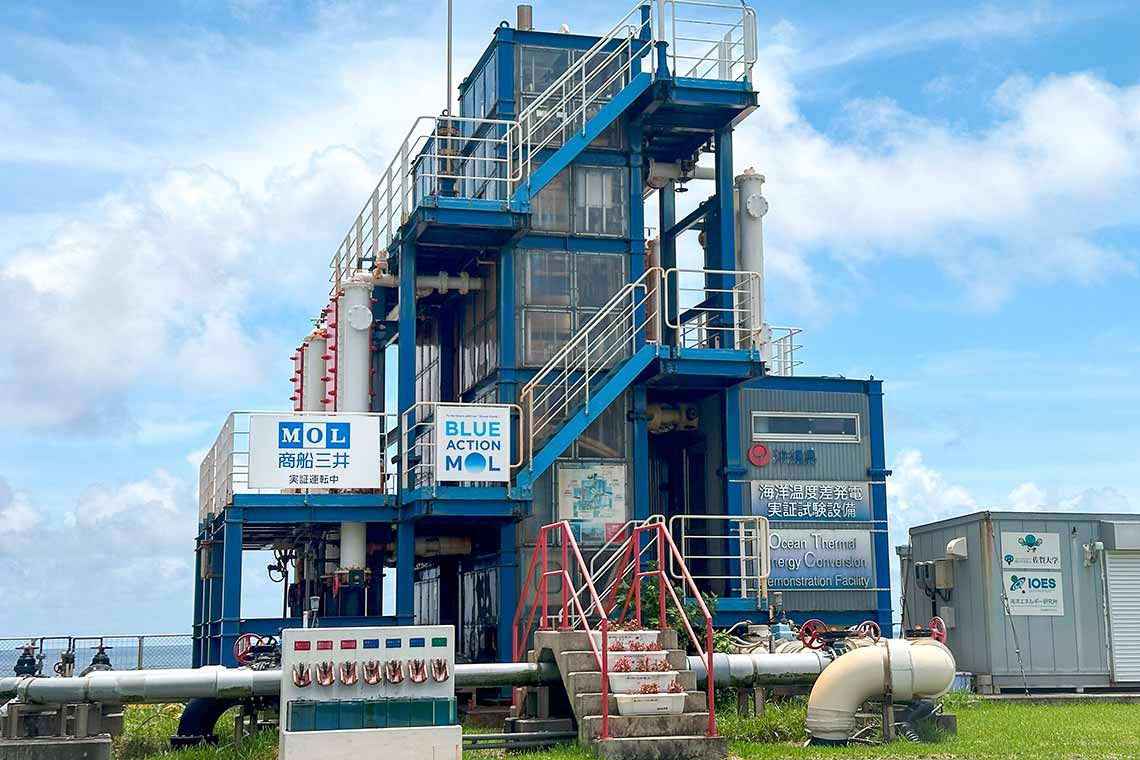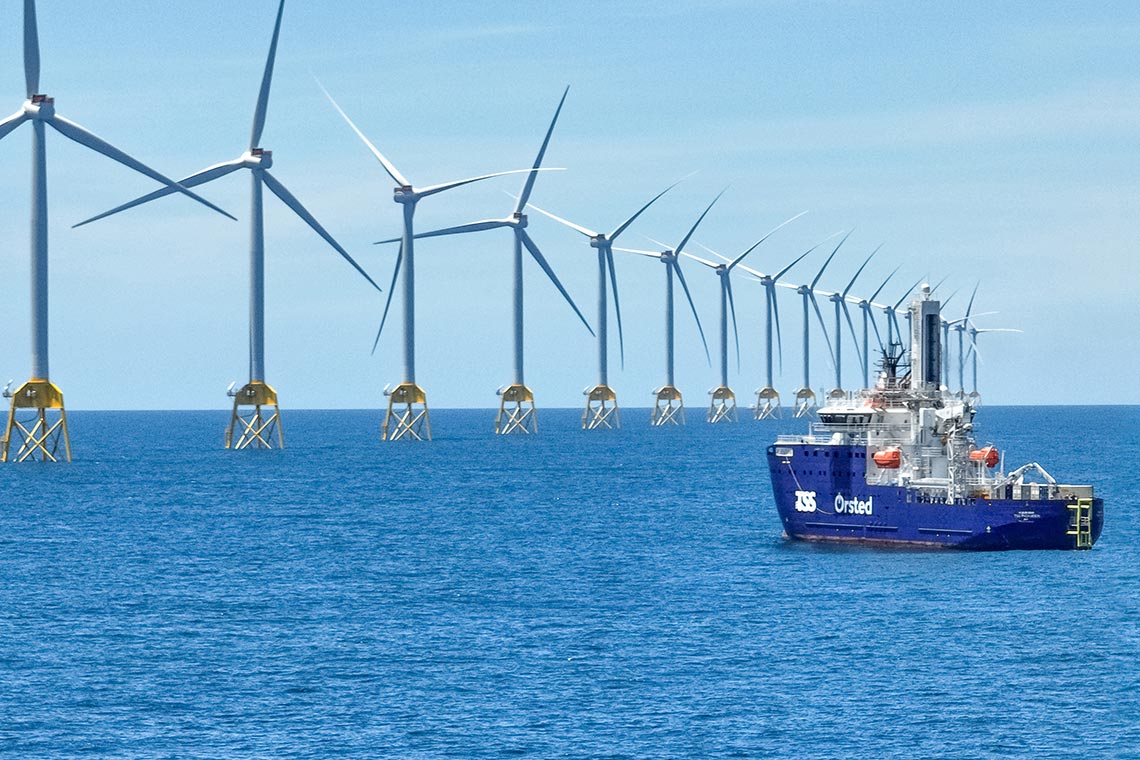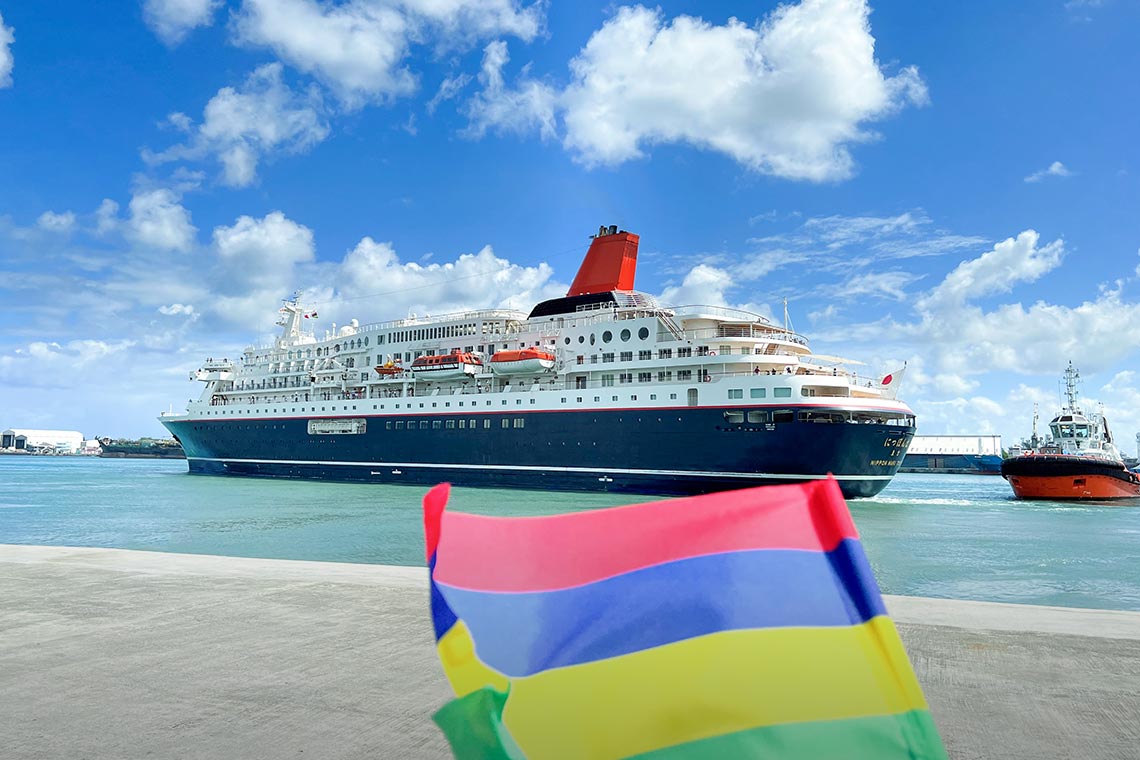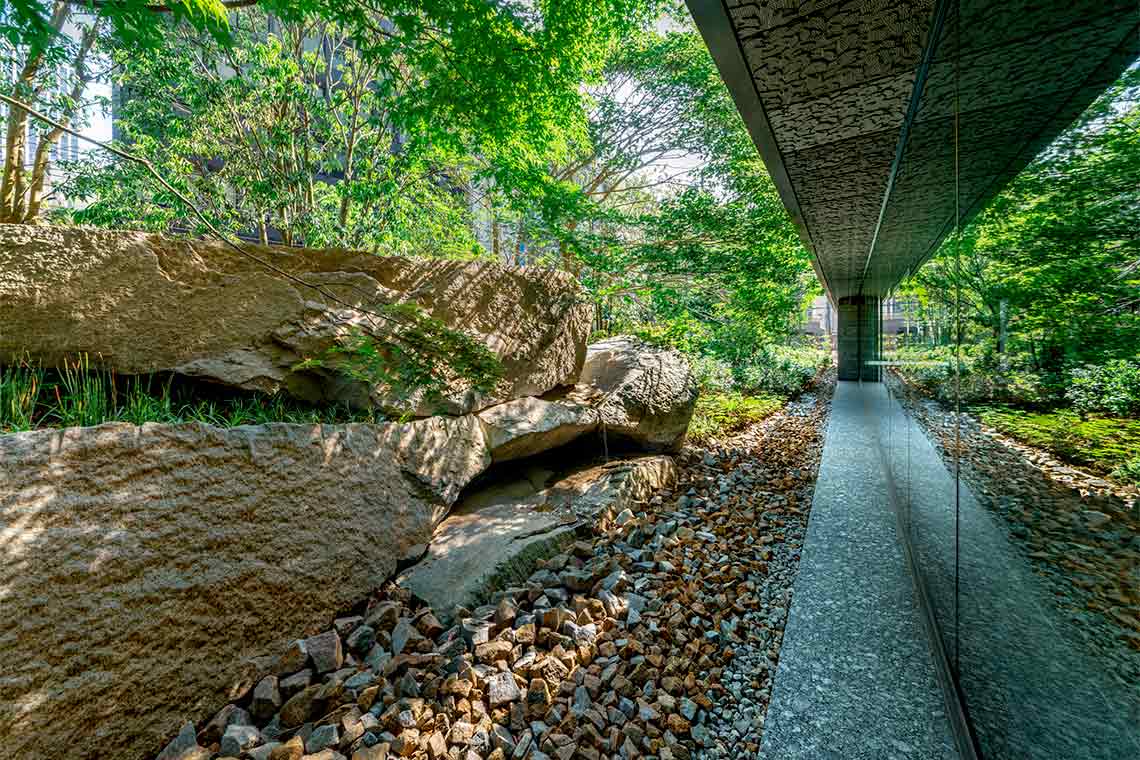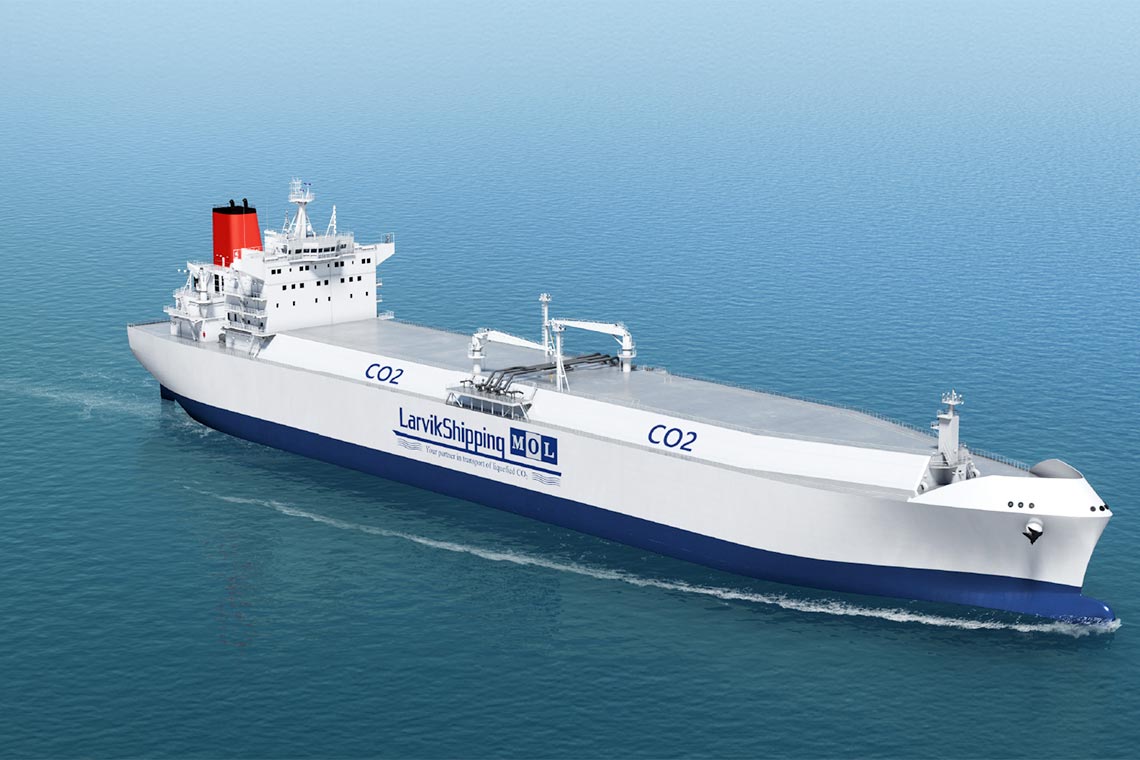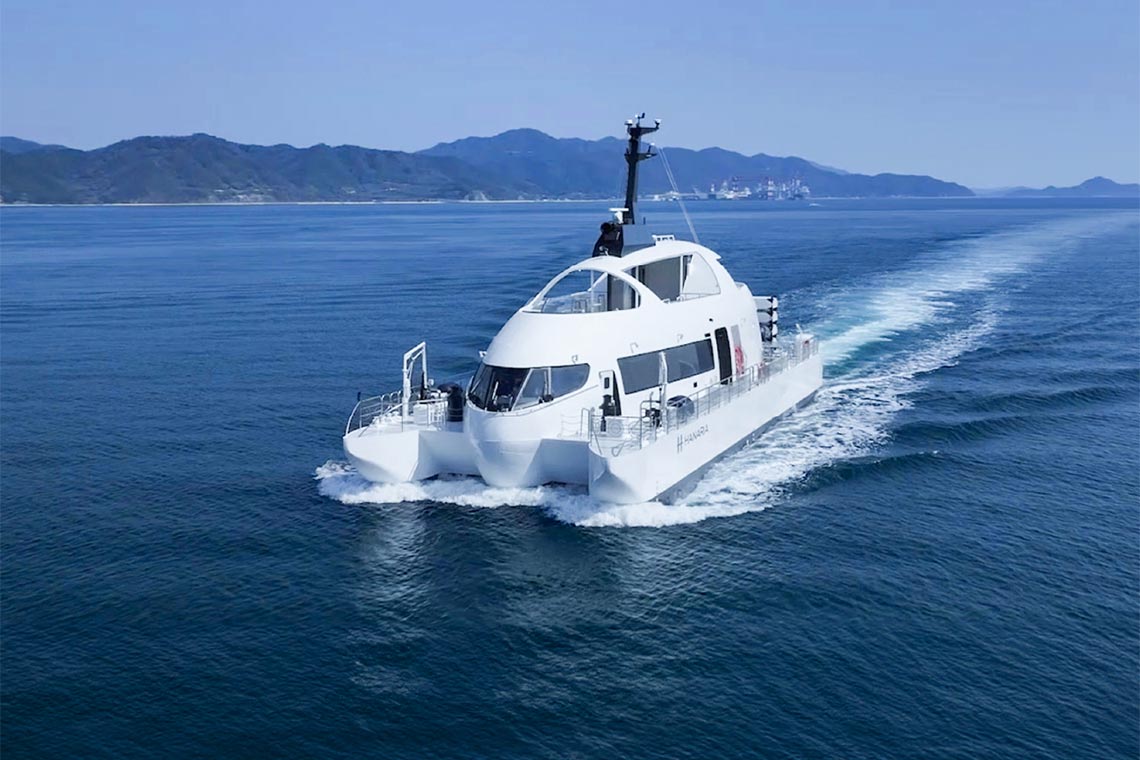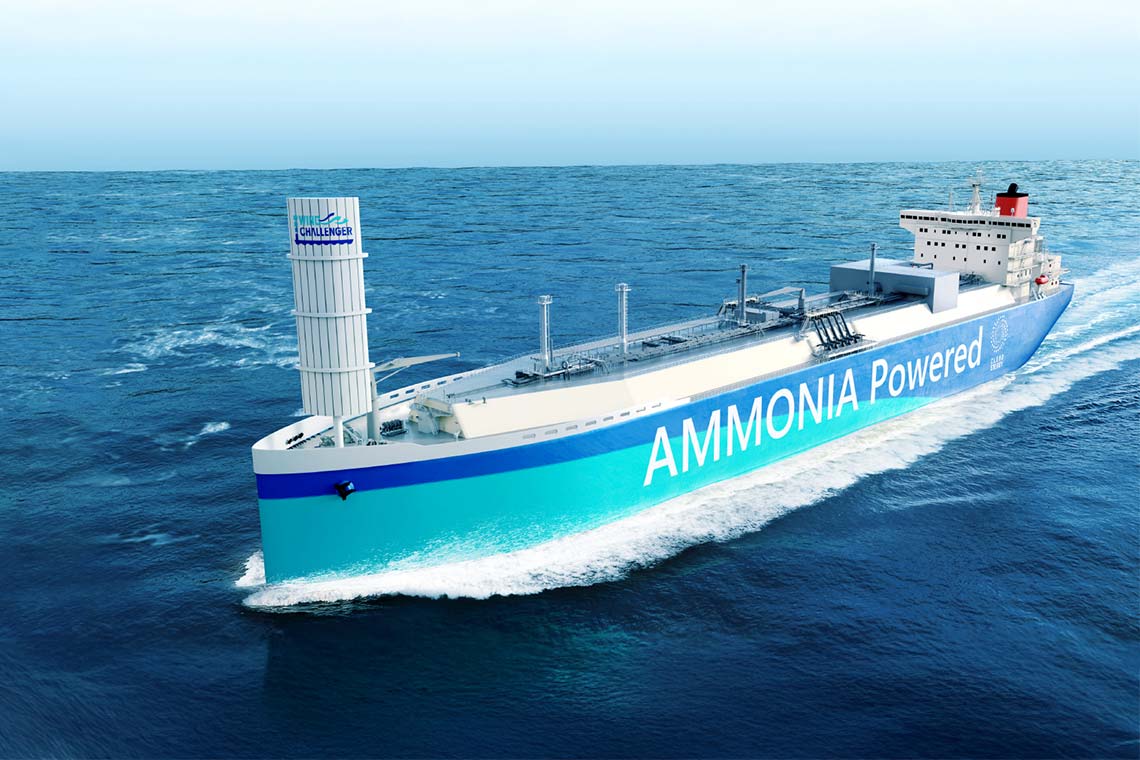
Dojima-no-mori
- STATEMENT
- To the future,
with our
'Ocean Planet.'
BLUE ACTION 008 Shin-Daibiru Building Dojima-no-mori Passing On Greenery and Ideas.
Dec 20, 2023




The Shin-Daibiru Building is a landmark in Osaka's Dojima area. On the ground surrounding the structure is around 3300 square meters of greenery. This is Dojima-no-mori. It is a green space based on the concept of a forest welcoming to both people and animals, offering a place for rest and relaxation open to all.
Some of the forest's trees were relocated from the rooftop tree garden that was there before the building was reconstructed. Completed in 1963, the previous building had Japan's first-ever rooftop tree garden. It was a pioneering achievement for its time. The idea behind the garden was symbolized by the words of Tomoe Kudo, then president of Daibiru, who said, "It is the wisdom of man to develop the land while preserving nature and maintaining the living environment for all creatures, and to promote civil engineering and construction for the lives of people." Moving the trees from the roof was certainly not an easy choice. However, it was an attempt to carry forward the ideas of our predecessors, who had been thinking about the environment long before the word "sustainability" came into common use, into the present.
Dojima-no-mori was the first in western Japan to receive the highest rank of AAA under the JHEP certification, which assesses contributions to ecosystems. Biological monitoring surveys have resulted in the identification of 18 bird and 68 insect species. Therefore, this is a new ecosystem in an urban area. Furthermore, Daibiru, as a member of the Mitsui O.S.K. Lines Group, has joined the 30by30 Alliance for Biodiversity and is working to achieve the 30by30 target, which aims to conserve at least 30% of the land and sea by 2030. Meanwhile, Dojima-no-mori was recently certified as a site in harmony with nature by Japan's Ministry of the Environment.
We are also expanding our sustainability efforts overseas. For example, an office building project in Vietnam has installed a large-scale rooftop solar power generation system that is expected to provide approximately 25% of the annual electricity used for lighting in common areas. MOL continues to take on challenges to make the future of our planet a beautiful one, both on land and sea.
The Shin-Daibiru Building is a landmark in Osaka's Dojima area. On the ground surrounding the structure is around 3300 square meters of greenery. This is Dojima-no-mori. It is a green space based on the concept of a forest welcoming to both people and animals, offering a place for rest and relaxation open to all.
Some of the forest's trees were relocated from the rooftop tree garden that was there before the building was reconstructed. Completed in 1963, the previous building had Japan's first-ever rooftop tree garden. It was a pioneering achievement for its time. The idea behind the garden was symbolized by the words of Tomoe Kudo, then president of Daibiru, who said, "It is the wisdom of man to develop the land while preserving nature and maintaining the living environment for all creatures, and to promote civil engineering and construction for the lives of people." Moving the trees from the roof was certainly not an easy choice. However, it was an attempt to carry forward the ideas of our predecessors, who had been thinking about the environment long before the word "sustainability" came into common use, into the present.

Dojima-no-mori was the first in western Japan to receive the highest rank of AAA under the JHEP certification, which assesses contributions to ecosystems. Biological monitoring surveys have resulted in the identification of 18 bird and 68 insect species. Therefore, this is a new ecosystem in an urban area. Furthermore, Daibiru, as a member of the Mitsui O.S.K. Lines Group, has joined the 30by30 Alliance for Biodiversity and is working to achieve the 30by30 target, which aims to conserve at least 30% of the land and sea by 2030. Meanwhile, Dojima-no-mori was recently certified as a site in harmony with nature by Japan's Ministry of the Environment.

We are also expanding our sustainability efforts overseas. For example, an office building project in Vietnam has installed a large-scale rooftop solar power generation system that is expected to provide approximately 25% of the annual electricity used for lighting in common areas. MOL continues to take on challenges to make the future of our planet a beautiful one, both on land and sea.


